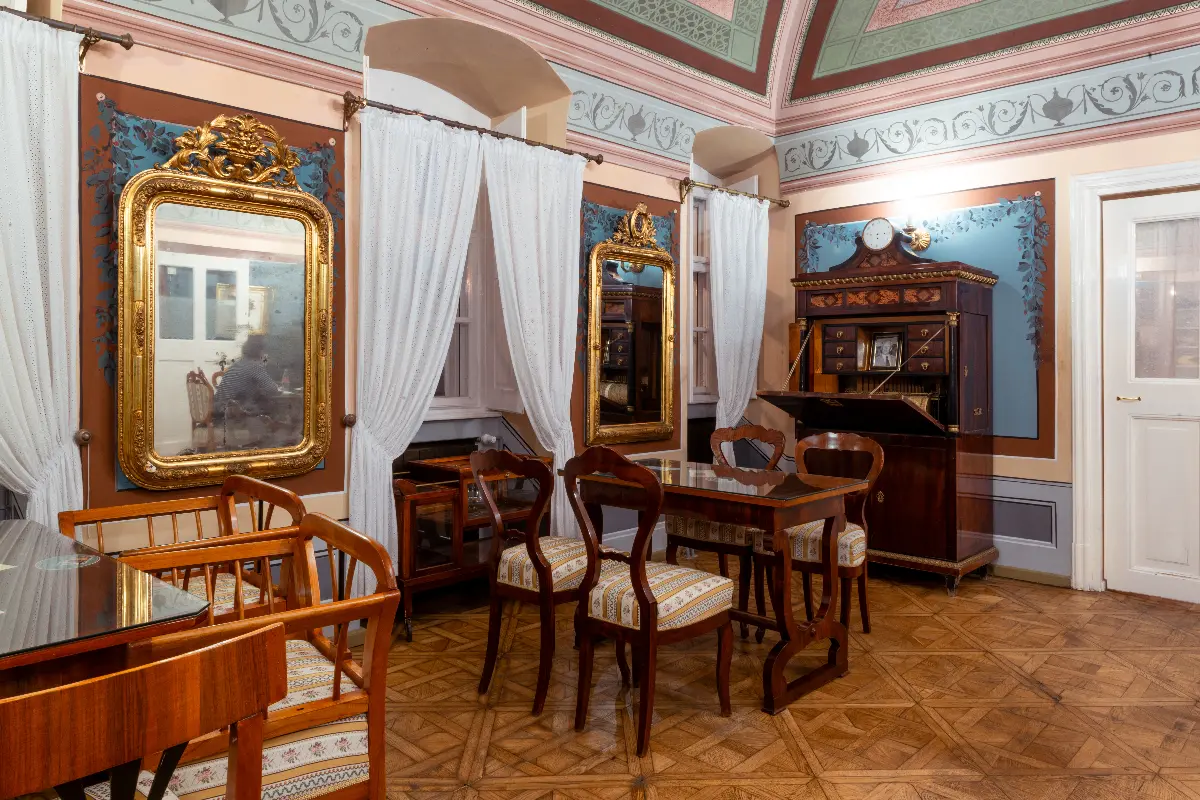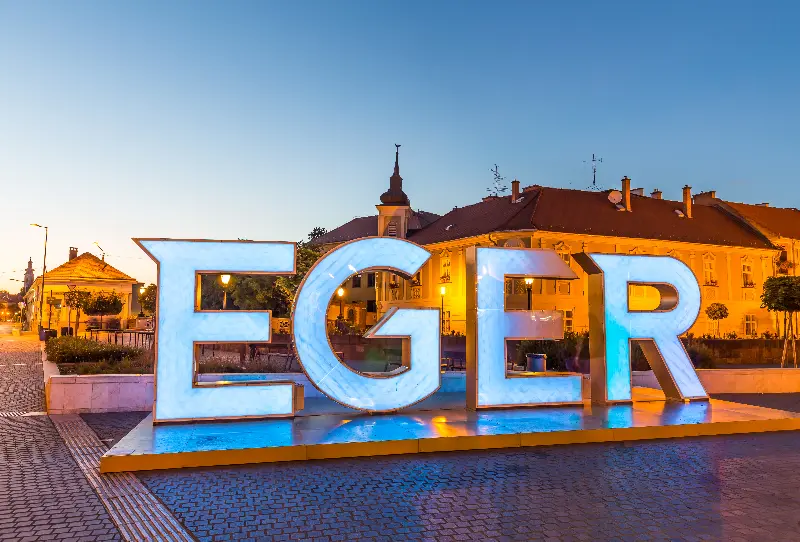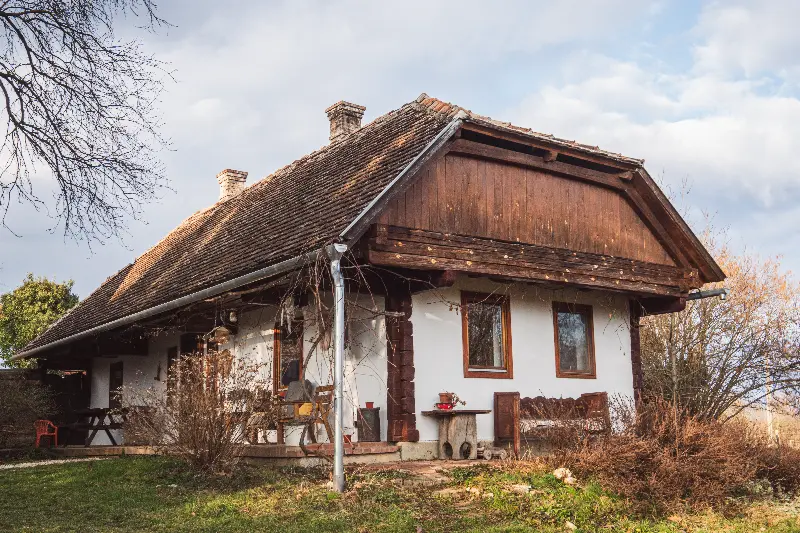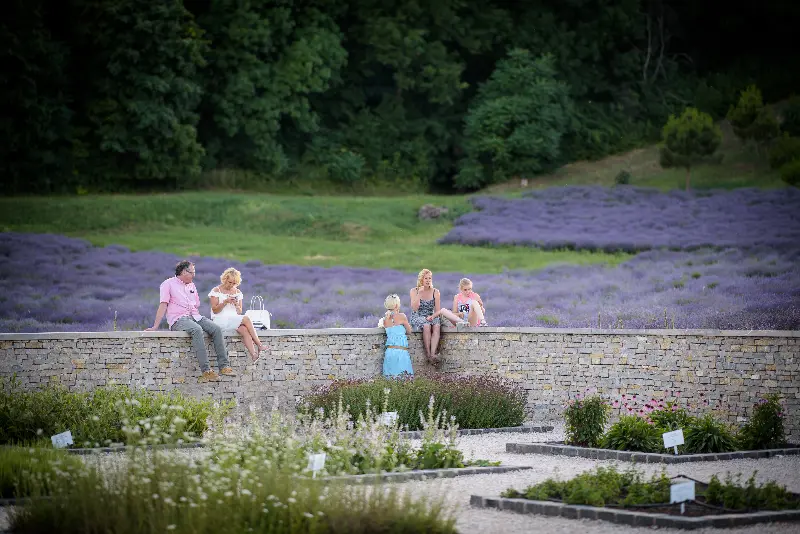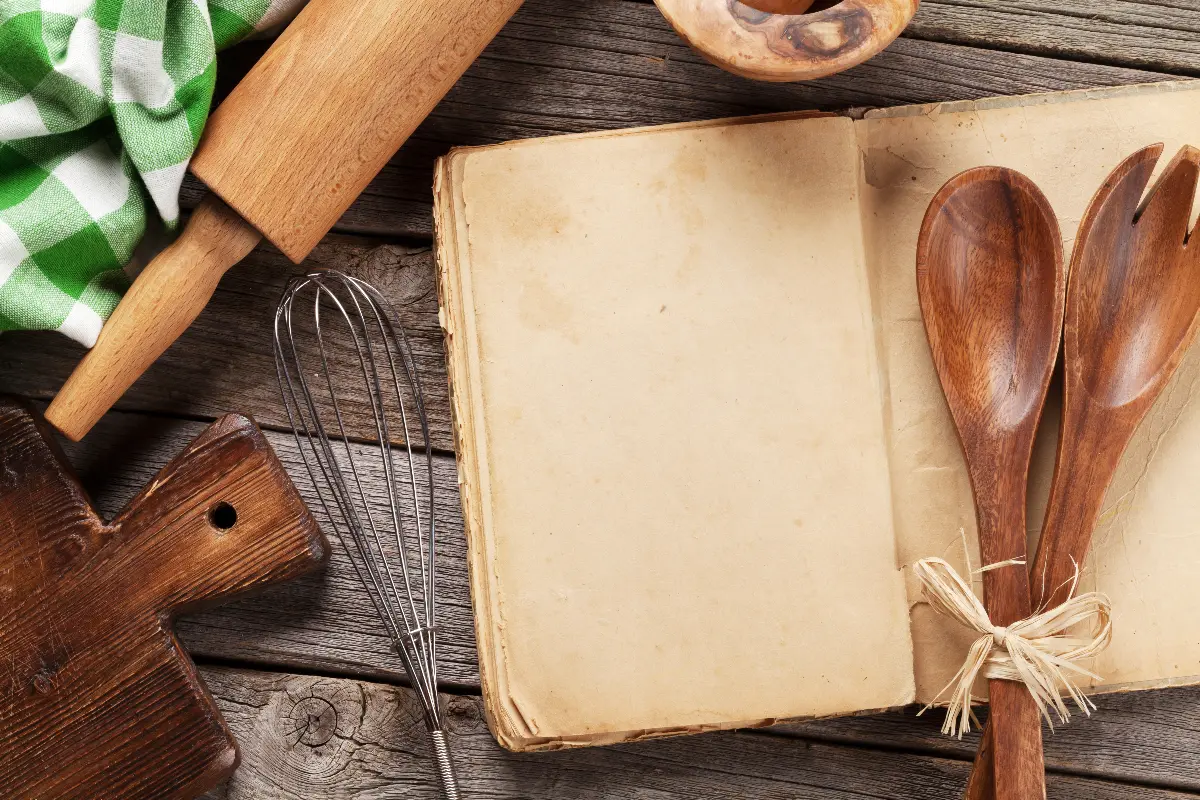
Helyszín címkék:
Traditional sweets from Békés – Old recipes by the best confectioneries
Káldi Emese
“Put in a bowl ten egg yolks and ten spoonfuls of icing sugar; mix well until frothy, which will take about half an hour. Put in ten spoonfuls of flour; then slowly mix the whites of the eggs into the yolky sugar. Pour into a buttered cake tin from a good height and bake in the oven over a low, even heat.(...) Prepare sugar ice for it as follows. Beat the whites of three eggs with three large spoonfuls of icing sugar for about an hour, until light, snow-white and frothy....”
At the end of the 19th century, making a nut cake looked something like this – it took at least two, more like three hours. In Ágnes Zilahy's popular recipe book, the “Valódi magyar szakácskönyv” (Real Hungarian Cookbook), published in 1891, this is not the most difficult cake. Of course, we know very well that there was no food processor, no premixed icing or ready-made cake base back then, so people were left with hours of mixing, baking and decorating. Though, it was not all a waste of time. Intimate family moments, timelessness, the smell of summer garden fruits, the sweetness of homemade whipped cream and many, many kind words are all mixed together in these desserts. Traditional flavours, the ingredients of which vary from region to region, but the essence is the same everywhere: made with care and love.
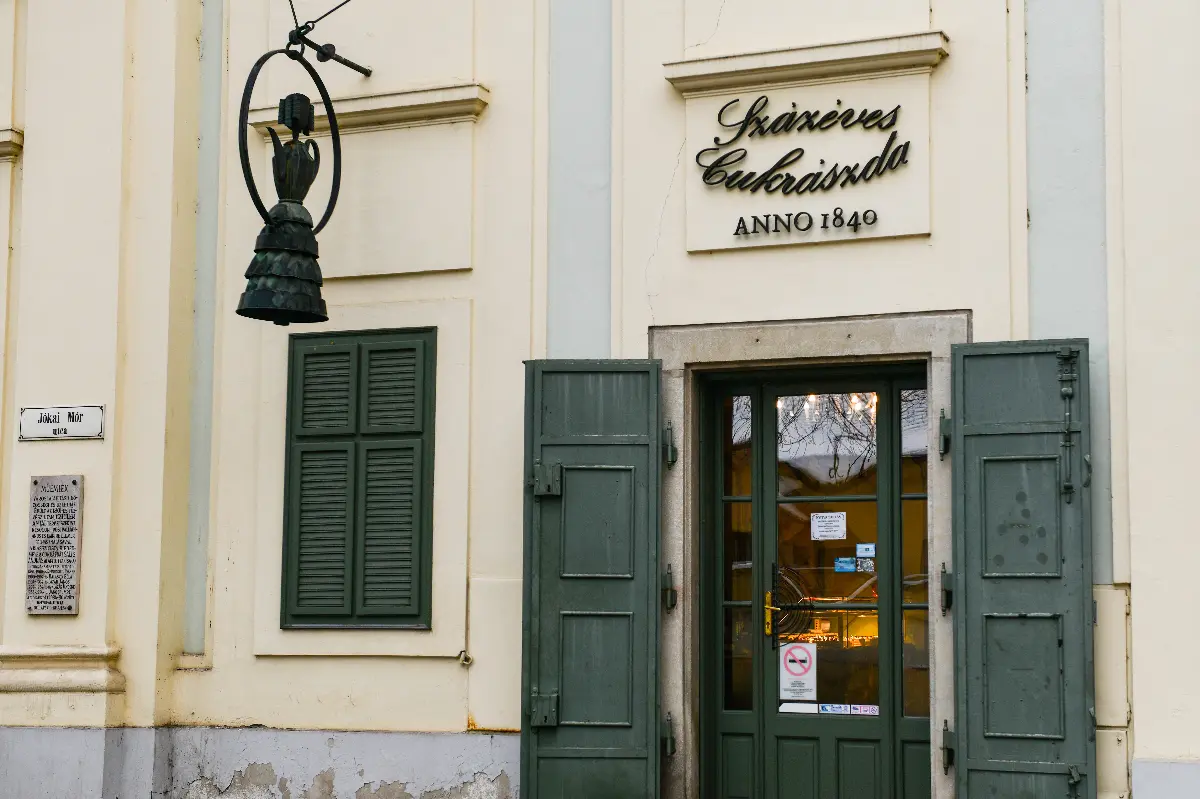
Genius loci, the spirit of place
In one of the most famous places in Békés county, the “Százéves cukrászda” (Hundred-year-old Confectionery) in Gyula, everything is provided for a real time travel trip and you can easily imagine yourself in the happy times of peace. The confectionery, which is still operating today, opened in 1840, in the middle of the reform era. The authentic furnishings, the painted walls and the confectionery museum in the former workshop evoke the era of Sándor Petőfi, Hungarian poet, when the confectionery was a central place of social life. And what delicacies could the citizens of Gyula try back then? István Cziffray's “Magyar nemzeti szakácskönyv” (Hungarian National Cookbook) published in 1816, one of the foundations of Hungarian gastronomy, can serve as a reference point. Scanning through the descriptions, you can see that two hundred years ago, a truly festive cake was either one that featured exotic flavours (fruits, spices) or one that was a long and complex process to prepare. And confectioners – as they do today – tried to outperform the households: in the first half of the 19th century, the really popular sweets were the many-tiered, richly decorated cakes. Therefore, it is no coincidence that one of the most popular desserts at today's “Százéves cukrászda” (Hundred-year-old Confectionery) is the Hundred-year-old Cake, with its pastry (and look) reminding us to the sacher cake. Between two layers of chocolate and almond pastry, two flavours: marzipan cream with peach pálinka and Parisian cream on top. The whole cake is coated with milk chocolate. It is the best with whipped cream and a cup of fragrant coffee.
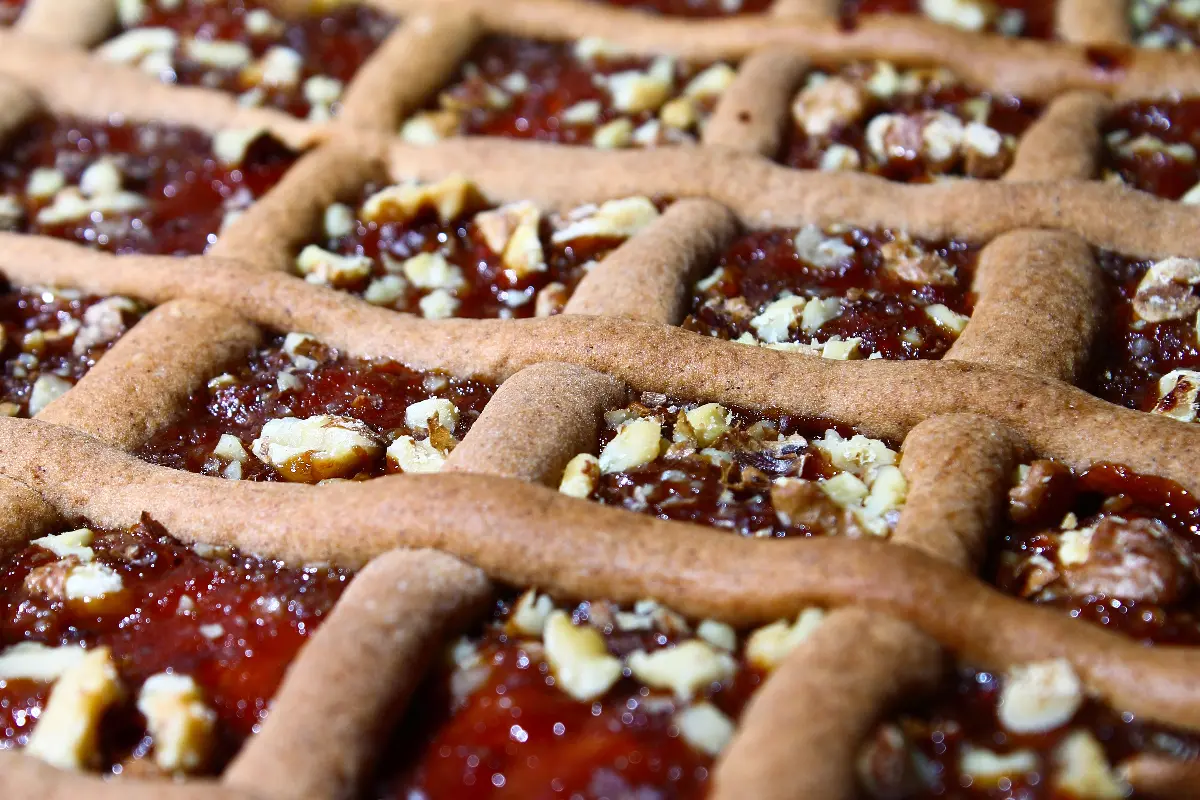
Another atmosphere welcomes those visiting the “Ildikó cukrászda” (Ildikó Confectionery) in Szarvas. Master baker Ildikó Urbán's recently renovated shop is located on the main street, Szabadság út, of the town surrounded by beautiful buildings and numerous monuments. It is hard to choose from the many different shapes and flavours lining the refrigerated counters in the modern interior. Still, if you want a truly traditional, home-made sweet closely connected to the area, you have to order a Slovak cottage cheese cake. This cake, which has been included in the treasury of the town of Szarvas, was brought to the area by the Slovaks after the Second World War. An almost airy, egg-creamy cottage cheese cream sits on top of the sour cream-yeast pastry, baked together – the top has a nice golden-brown colour, the cottage cheese filling is silky and fluffy, and the pastry is light. If you are passing by, you cannot miss it!
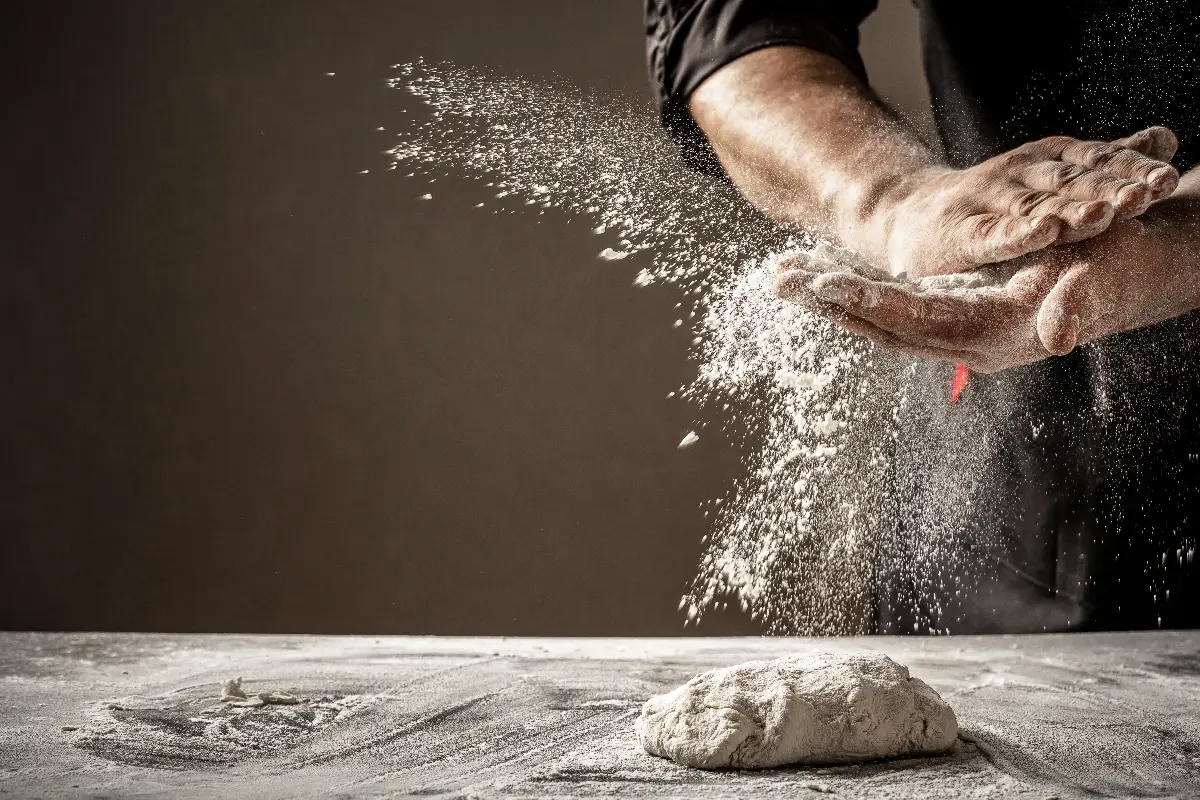
AND AN ADDITIONAL TIP
The plums in Békés (and not only the pálinka) are famous all over the country. As jam – among other things – you can taste it in the plum-flavoured “slippers”, which you can buy for example at the handicraft market in Békéscsaba. It is worth arriving early, as you may run out of these delicacies quickly.
